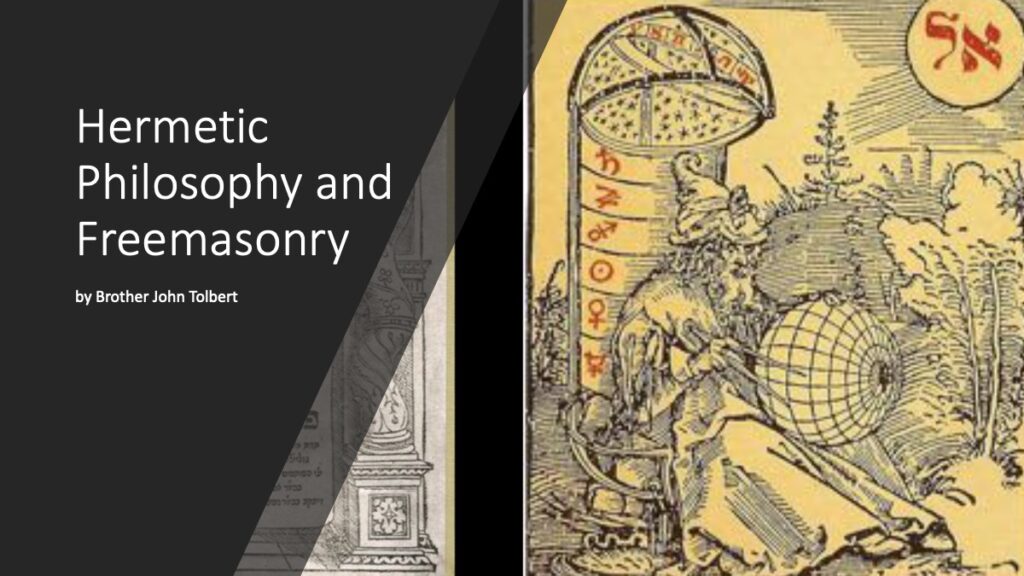

Recently I attended a Festive Board of Jewel P. Lightfoot Lodge No 1283, Grand Lodge of Texas AF & AM. The guest speaker DDGM John Tolbert made a passionate presentation on Hermeticism and Freemasonry using slides as illustrations. That made his presentation peppered with pictures which is what this article will look like. Jewel P. Lightfoot, the founder of this Lodge, had a marked interest in Hermeticism as you will see. This made the Presentation all the more personal to the members of this Lodge assembled. Tolbert was kind enough to allow me to reprint his presentation with his pictures which you will find below.
HERMETIC PHILOSOPHY AND FREEMASONRY
by Brother John Tolbert
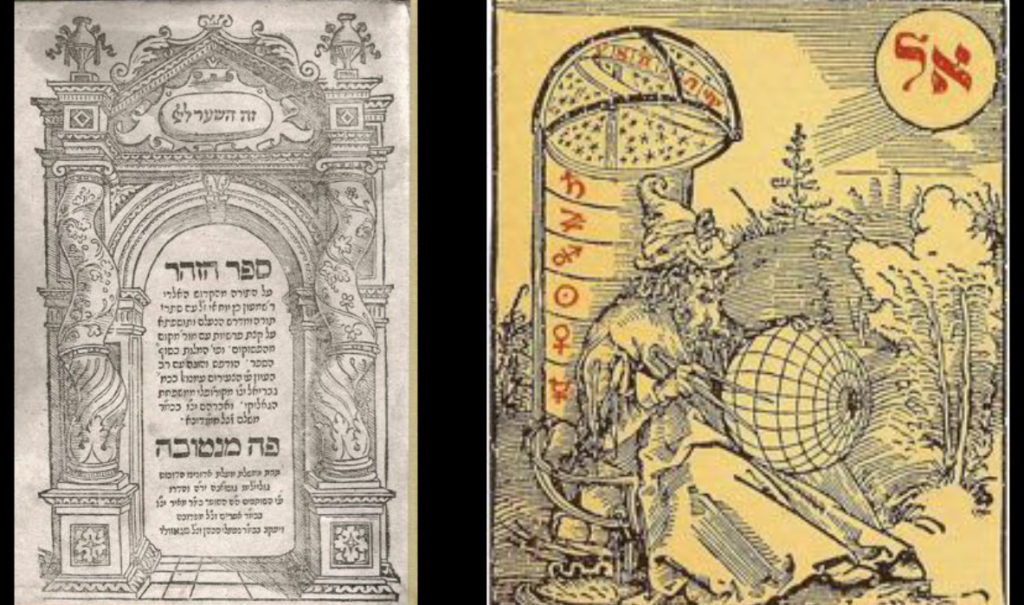
Have you ever wondered why all of the words and passwords that we use in our degrees are in Hebrew and that every prayer we use in our degrees are from the Old Testament?
Have you noticed that a Masonic Lodge room is full of diametrically opposed objects and symbols which represent polar concepts or ideas? Examples of these opposites are:
- Square and Compasses

- Rough and Perfect Ashlars
- Jachin and Boaz / Wisdom and Strength
- Terrestrial and Celestial Globes
- Darkness to Light
- Checkered Pavement / Black and White pavers
- East and West…North and South
- Death and Rebirth
- Sun and Moon
- Stepping off upon the right and left feet
- Cowans and Eavesdroppers Ascending and Descending
Isn’t it interesting that Masons are encouraged from the very beginning to control their passions and to pursue a virtuous and pure life? It’s interesting, because the Greeks demanded the very same thing from their candidates before they were admitted into the Ancient Mystery Schools, and the School of Pythagoras (you can see a map of the school here).
After reading thousands of pages written by Masonic scholars, I am convinced that Freemasonry was not “invented” by the English (nor the Scots) in the seventeenth or eighteenth century. Yes, in the early eighteenth century, Freemasonry was developed into a regulated institution and rituals were developed from existing initiatory rites of operative Lodges, but something else was going on beneath the surface and intellectuals of the time could sense that there was more.
In the most recent issue of Heredom, the annual publication of the Scottish Rite Research Society, on page 61 (a paper about the 1738 anti-Masonic Papal Bull by Marsha Keith Schuchard) it reads:
“In January 1721, when the antiquarian William Stukeley (close friend of Newton and Desaguliers) determined to join the fraternity, “suspecting it to be the remains of the mysteries of the ancients…”
This illustrates that even from the first years of organized Freemasonry, educated men were recognizing something about Freemasonry that led them to believe that it was rooted in ancient philosophy and concepts.

The namesake of this Lodge, Jewel P. Lightfoot, speaks candidly to the Texas Mason concerning the mystical and spiritual aspects of the Craft. Please listen carefully to the following quote from the INTRODUCTORY in our current monitor, written by Lightfoot many decades ago.
“ The presence in the modern Masonic system, of many of the emblems, symbols and allegories of the ancient Temples of Initiation, as well as certain rites performed therein, has persuaded the most learned among Masonic scholars to conclude that Masonry is of very ancient origin, and is, in some aspects, the modern successor of, and heir to, the sublime Mysteries of the Temple of Solomon, and the Temples of India, Chaldea, Egypt, Greece, and Rome [I am certain that he was referring to the cult of Mithras], as well as the basic doctrine of the Essenes, Gnostics and other Mystic Orders“
With this single quote, Brother Lightfoot clearly asserts that Masonry contains remnants of the symbols and rites of the Ancient Mysteries and Masonry also contains the basic doctrines of known esoteric groups, which he terms, Mystic Orders.
This is precisely what the antiquarian William Stukeley had noticed in 1721; there were aspects of Freemasonry that seemed to have similarities to known rites and cults of the ancient world.
This presentation is specifically written to explore one well known stream of thought from the ancient world, broadly called Hermetic Philosophy, and its potential influence on the early progenitors of our Craft. Remember that Stukeley was a close friend of Newton and Desaguliers. John Theophilus Desaguliers is generally credited with the early development of our three degree system, he was the secretary / research assistant for Newton for twenty years, and he was also the third Grand Master of English Lodges.

NOTE – The association of Desaguliers with Isaac Newton is well worth researching; Newton was a practicing alchemist, obsessed with King Solomon’s Temple, and concealed his heretical religious views in enciphered writings, which were supposed to be burned at his death but were retained and translated in the twentieth century.
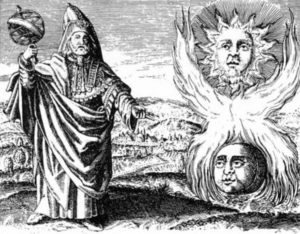
Hermetic Philosophy focuses around an entity called Hermes; this entity has also been named Thoth (Egyptians), Mercury (Romans), and Hermes Trismegistus or Hermes Thrice Great.
Thoth, Hermes, Hermes Trismegistus, may or may not have been just a single person, but the name and legend could have been inspired by some incredibly intelligent human (like Plato, Pythagoras, or Hypatia) who had such a capacity for knowledge, that their writings evolved into myth and legend, and sometimes converted into God forms. Plato is a perfect example of how one very intelligent person can have profound influence on entire civilizations, and the effects can last for centuries.

Most esoterically minded Masons are already aware of the great intellect of “Hermes” and his contributions of science and knowledge to mankind, but let’s examine how Hermetic Philosophy was evident in 15th-18th century literature, art, and direct Masonic connections. It is important to recall at this point that the typical European citizen had been enduring centuries of civil unrest, violent revolutions, constant wars, disease epidemics, cruel oppression from monarchs and religious authorities, public torture spectacles, and the raw uncertainty of life itself. In light of these long term social stresses, it is no wonder that a new, mysterious, and apparently ancient spirituality would capture the fascinations of intellectuals and develop into obsessions of looking for a better world, a pure un-corrupt religious experience, and a closer relationship to God. These are the allures of so-called Hermetic Philosophy.
The term Hermeticism, doesn’t really have a dogmatic or well defined definition, but in general, it includes the study of alchemy, gnostic spirituality, Kabbalah, theurgy, astrology, and other mystical approaches to relating the physical reality to the spiritual realm. Almost any occult science could be included under the Hermetic umbrella.
The following is a brief and certainly incomplete list of known references to the interest in Hermeticism in 15-18th century Europe.
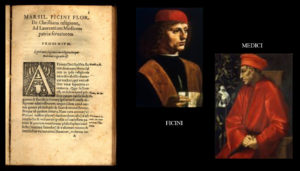
1.Marsilio Ficino’s translation of what is now called the Corpus Hermeticum brought Hermes and the mysterious writings into the focus of philosophers and the ecclesiastic authorities. The Hermetic writings were interpreted as having predicted the coming of Christ and therefor acceptable; a beautiful marble floor panel in Siena Cathedral (1480s) in Italy depicts Hermes Trismegistus as being a contemporary of Moses.
2. Hermes was a central character in the Sloane (1646) manuscript Constitutions. Hermes discovers the two pillars, one of brick and one of marble, which contain the preserved wisdom and knowledge of the ancient masters.

3. Alchemy, being within the scope of Hermetic Philosophy is everywhere in Europe during this period. The Medici funded translations of ancient scrolls rescued from Byzantium revealed to the Western mind the concepts of alchemy. The Rosicrucian manifestos of the early 1600’s, likely written by Johanne Valentine Andreae and his associates, set off what is called a furor of interest in alchemy as well.
4. Giordano Bruno is travelling around Europe (the late 1500s) promoting controversial mathematical and astronomic theories; he is also promoting the Hermetic Art of Memory, which is not just a mnemonic strategy of memory, but a mystical technique. Bruno was burned at the stake in early 1600 for his heretical scientific and spiritual views.

5. William Shaw, the Master of Werks for James VI, declares in the Second Shaw Statutes (1599) that all craft fellows and prentices shall “Tak tryall of the art of memory”. William Fowler, a colleague of Shaw, had met with Bruno in London in the 1580s and it is feasible that this is how Shaw became exposed to the Hermetic Art of Memory.
6.Robert Cooper, the Grand archivist of the Grand Lodge of Scotland, makes many references to Hermeticism in his book Cracking the Freemasons Code. Brother Cooper asserts Hermeticism as being a component of Scottish Freemasonry in the 1500-1600s.

7. The interest in Alchemy, astrology, magick, and the Kabbalah are very evident in the circles of Royal Society members, and well known Masonic persons. Elias Ashmole, Isaac Newton, Thomas Vaughn, and others were known alchemists and studied occult subject matter; their personal libraries are evidence of these interests. John Byrom maintained a group of intellectually inclined Brothers who convened in an occasional gathering called the Cabala Club, and Lodges in London have minutes showing that papers were presented in Lodges about John Dee, Rosicrucians, and Jacob Boehme. Boehme’s visionary spiritual writings as well as John Dee’s books of angel magic and alchemy were of extreme interest to many intellectuals and free thinkers during this time period.
8. Kabbalah teacher Rabbi Leone Yahudahdi Modena, in 1680, lectured in London about Solomon’s Temple, Lawrence Dermott, the Grand Secretary of the Antients refers to the Rabbi, as Architect, Hebraist, and Brother.
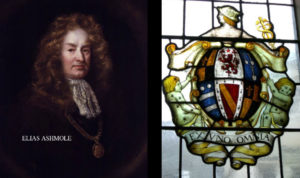
9. Acception – There existed in the 1600’s an elite organization, which was closely associated with the London Mason’s Company, the operative organization of stone Masons. This elite and secretive group was called The Acception and only “accepted” very few members (one being Elias Ashmole); the cost of membership was very high, and one had to be highly educated and well respected. The early 20th century Masonic scholar and writer Reverend Castells, asserts that the name “The Acception” is synonymous to Kabbalah, which in Hebrew means “to receive.” Reverend Castells is convinced that “The Acception” was a purely speculative Masonic organization.
10. Medieval Kabbalists held Hermes in great veneration, no wonder, since he is considered (in some legends) as having given the Kabbalah to Moses. The Zohar contains phrases which closely parallel the well known Hermetic motto, “As above so below.” “Come and see: the world above and the world below are perfectly balanced.” (Zohar 2:176b) Kabbalah and Hermeticism share the all important mystical understanding of the balanced interrelations of heaven and earth.
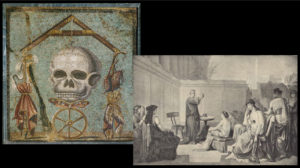
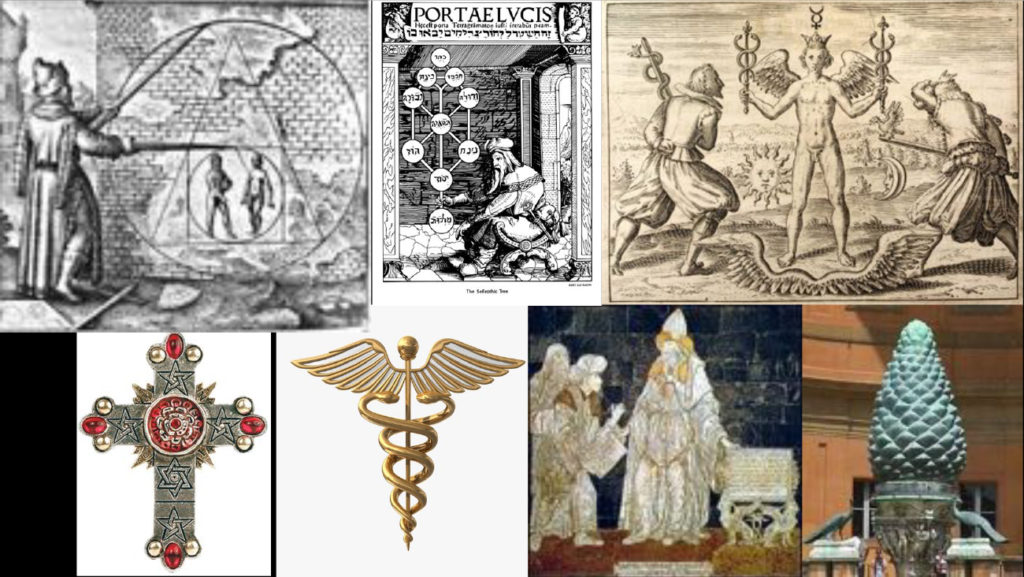


A very good article with new information, thank You.
Im certainly not a scholar but have an appreciation for information that stimulates conversation and thought on the human experience
Thomas Norton’s ORDINAL OF ALCHEMY (1477) refers to “free masons” seeking the Philosopher’s Stone, along with just about everyone else. The context indicates this was a recognized name at that time, which suggests prior established usage. Thus, the fraternity (or an ancestor) was known by this name at least as early as the middle of 15th century.
I don’t imagine the omission of the source of almost all important Hermetic texts, especially the Emerald Tablets from Balinus(pseudo-Appollonius) that appears at the end of Secretum Secretorum in Latin and the whole corpus of Alchemical and Hermetic literature, with the possible exception of the Corpus Hermeticum (unlikely as it probably came from the Harranian Sabians too), which is the Islamic world through Spain, the source of all the science that lifted Europe out of the Dark ages while the enlightened Islamic Empire was in a Golden age of civilization just to the south in Spain.
Not a word about the source of your Hermetic traditions, you must be embarrassed that the Muslims you are trying to destroy’s religion today is the source of your only good, as in not evil, ideas, are Muslim and you created the quasi-Sufic, Masonic “Muslim” Brotherhood using typical British and American infiltrate, divide and conquer, corrupt and let erode from within strategies that don’t work so you need to actually go to war to secularize Turkey and destroyed the Ottoman Empire for greedy ambition to dominate the Arabian Peninsula and weaken Islam but it always ends in disaster, because you cause it and blame them for it.
Lowlifes. You are such lying sleaze.